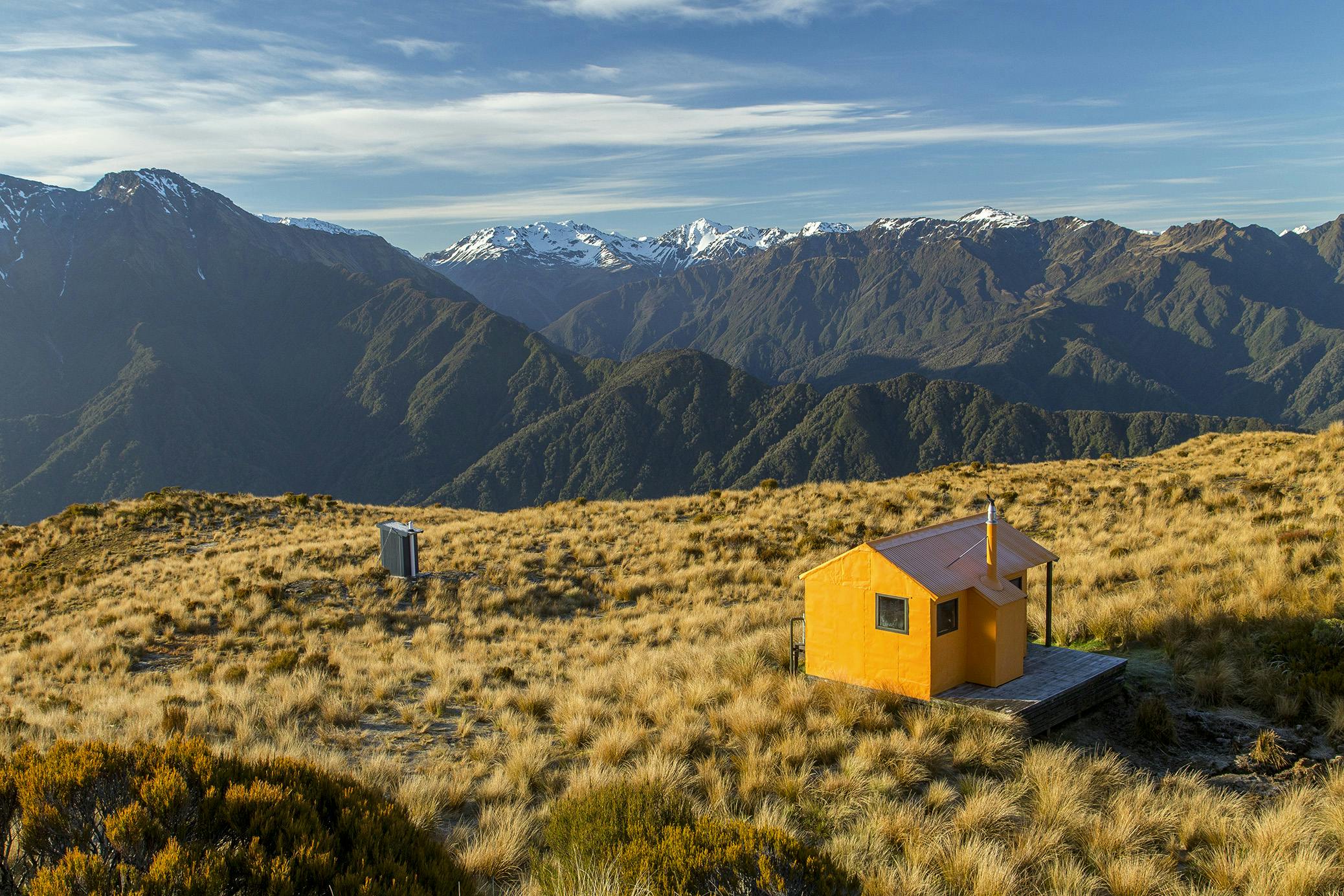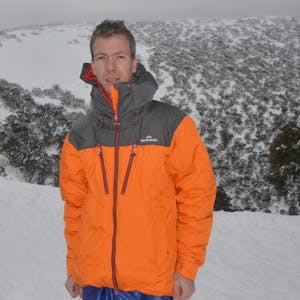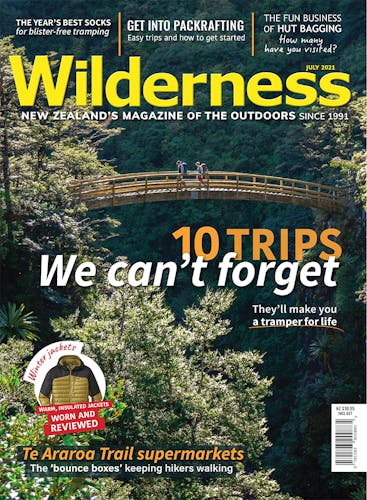There are a lot of backcountry huts in New Zealand and some people want to visit as many as possible. Ricky French meets the country’s top hut-baggers
During the depths of last year’s Covid-19 lockdown, while the rest of New Zealand was baking banana bread, Auckland tramper Geoff Mead was busy working his way up and down the country, following scores of tramping tracks that led to hundreds of huts.
Mead’s lockdown journey was undertaken purely from home, I should add. Taking out old maps he’d collected since he started tramping in the 1970s, Mead carefully retraced more than three decades of tramps, Then he dusted off his boxes full of old tramping diaries and photo albums, all in an effort to jog his brain and work out exactly how many huts he’d visited during a lifetime in the bush. This wasn’t a purely nostalgic (or pointless) exercise, however. This was serious business.
Mead was on a mission to record his hut tally on a website dedicated to the somewhat obscure sport of ‘hut-bagging’. On hutbagger.co.nz trampers are invited to create a profile and start ticking off huts they’ve ‘bagged’.
When Mead sat down with his maps, diaries and memories (the whole exercise took more than three days) he worked out he’d been to 818 huts. The tally put him in third place on the hut-baggers’ website, behind Wilderness’ own Shaun Barnett with 880 and a prolific but mysterious hut-bagger known only as davetv, who’s notched up an astounding 1081 huts. Ironically, New Zealand’s likely top hut-bagger is not a member of the hut-bagging website at all. Mark Pickering, author of many tramping books including Huts: Untold Stories from Back-Country New Zealand, has likely visited more than 1250 huts, but he shuns the term ‘bagged’.
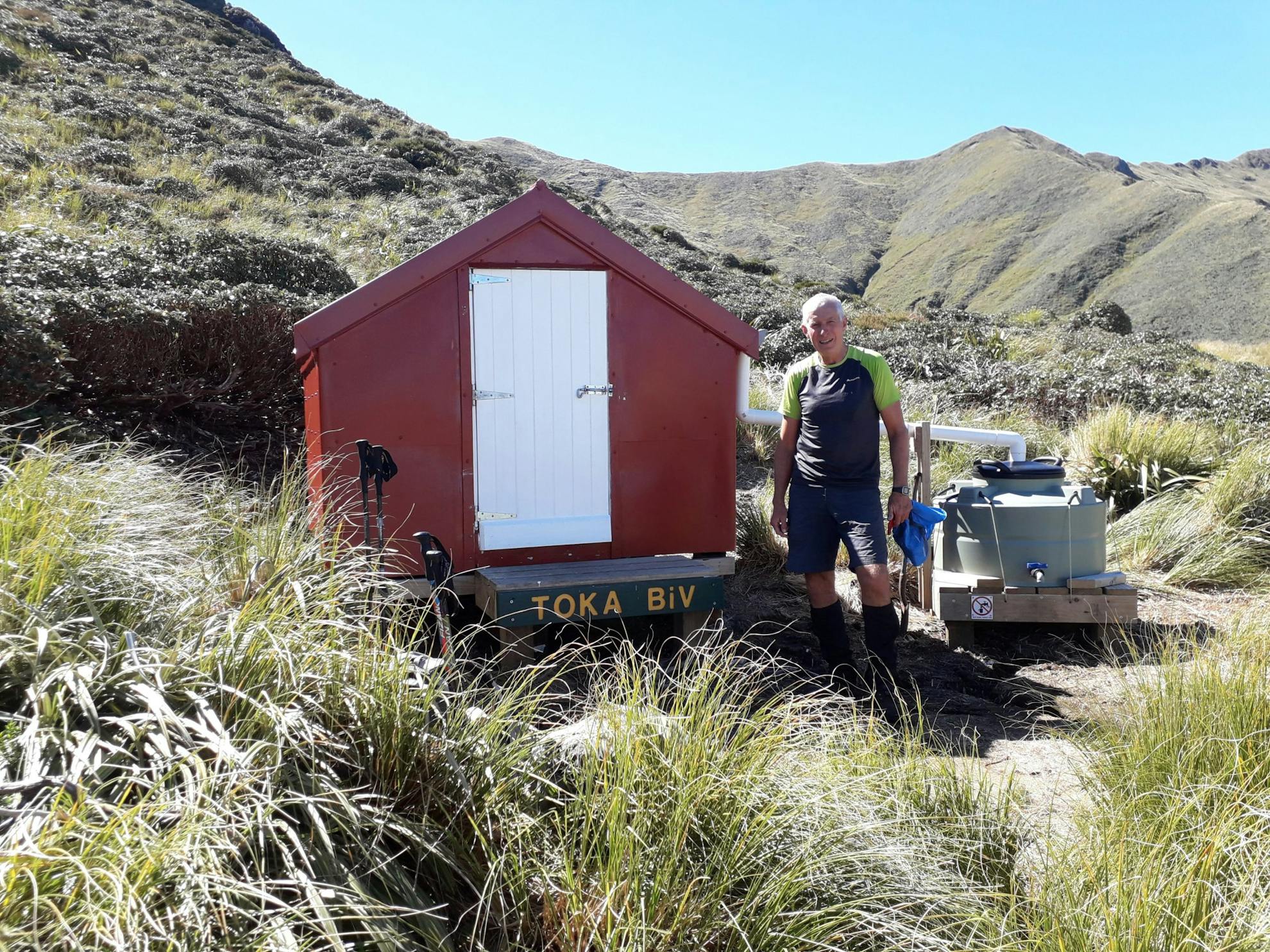
“I don’t like to get into the numbers game,” he says. “I’m happy to have my tally recorded as ‘lots and lots’.”
But plenty of people do like the numbers game. Hutbagger.co.nz has over 2000 active users, with 150 people using the site every day. It has a leader board displaying the top 200 hut-baggers and has over 2000 huts listed, accompanied by photos and a bio of each hut, including GPS and topographical map location, amenities, links to route guides and of course a list of those who’ve done the bagging. There’s also an interactive map with different coloured pins denoting huts you’ve visited and huts you’re yet to bag. For some, hut-bagging is a competition, while others use the website as a resource and a diary, for keeping track of where they’ve been and to plan future tramps.
“It was a good use of lockdown,” says Mead. “Entering all those huts into the system brought back so many memories.”
With lockdown long-since lifted, Mead has started planning his next tramps. “Whenever we go on holiday, we check to see if there are any huts nearby we can go and quickly bag. I saw that I had a big gap in the northern Tararua Range and lots of gaps in the West Coast. Several lifetimes of gaps, actually. You could never get to them all.”
Some people get close. Brian Dobbie works for the Department of Conservation and has bagged 876 huts. He’s not a member of the hut-bagger website (“Yet,” he says) but keeps a spreadsheet of the huts he’s bagged. Thanks to his job, Dobbie has a unique connection to backcountry huts.
“When DOC was formed in 1987 we didn’t really know how many huts we had. So we had to do an inventory,” he says.
Dobbie did a lot of his hut-bagging in the 1990s, traversing the country to tally up the huts for DOC, whose employees you could justifiably say were the first hug-baggers. “It gave my travelling a purpose and an intent,” he says. “I could plan trips around places and huts I’d never been to. I love exploring New Zealand and every hut has an interest for me.”
Dobbie says DOC currently has 996 huts. “In addition to that are around 250 huts that DOC manages for its staff. But hut-baggers are getting pretty sneaky and are learning where those huts are. They’ll get satellite photos and grid references and work out how to get there. I used to have more of an advantage over them.”
Dobbie thinks the term hut-bagging became popular in the early 2000s. “The hut-bagging website has certainly legitimised the activity, and personally it keeps me motivated.” He nominates McKinnon Hut in the Ruahines as his favourite due to its view to Mt Ruapehu. As for what’s next on his list, Dobbie says he’s keen to get into Te Urewera. After that, it’s a winter trip up the Wilberforce River in Arthur’s Pass National Park, bagging huts as he goes.
“That’s what I love about hut-bagging,” he says. “It takes you to new places and keeps you young. I’d love to get to 1000 huts.”
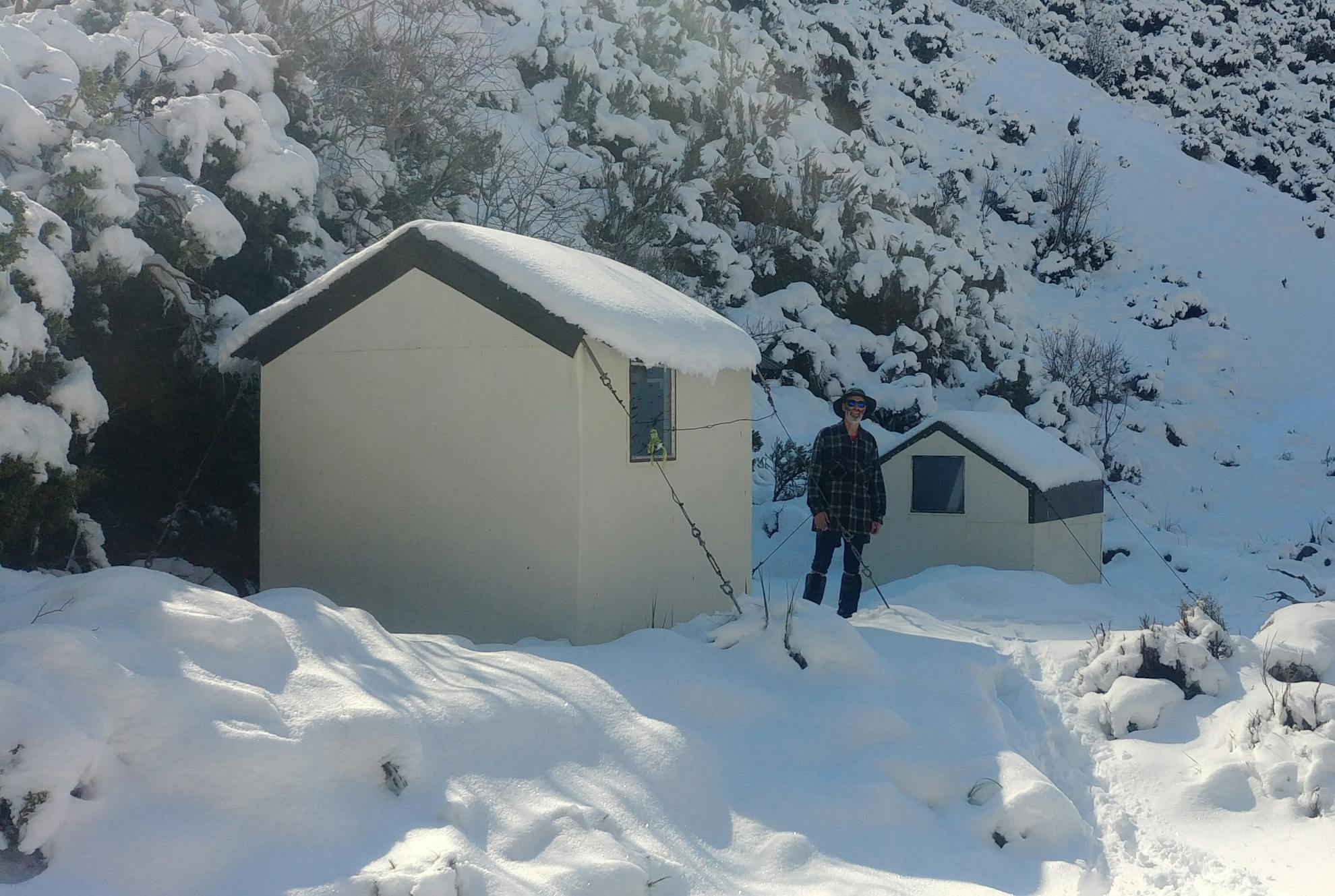
Jamie Connor is the person responsible for the hut-bagging craze, or at least its online persona. The Auckland web developer started the site in 2013 when he realised he was having a hard time remembering which huts he’d been to. He thought a website would be a good way for fellow trampers to keep a record of where they’d been. Setting it up took some work, though. “I got a list from DOC of all their huts, plus the coordinates. But then we realised there were a lot of huts that weren’t run by DOC. Often, only other trampers would know about them. When I put a function on the website for people to add huts, the website really took off.”
Strict accuracy is maintained, though. Tramper Paul Reid is the man responsible for fact-checking, working through the night to cross-reference new additions. “There’s nothing he doesn’t know, and if he doesn’t know, he finds out,” says Connor.
All the past iterations of the same hut are listed on the website and can bolster a tally. If you’ve visited all four versions of Powell Hut in the Tararuas then it counts as four huts bagged.
Connor hopes future tweaks to the site – which he runs free of advertising or any financial incentive – will make it even more social for the tramping community. “I’d like to set up a message board, so people can talk about the huts they’ve been to. It would be great to have a function so that you could follow certain trampers, that way you could feed off other trampers and be more interactive, rather than just feeding off your own statistics.”
Carol Exton is number 10 on the top hut-baggers’ list and the highest-ranking woman. The lower North Island is Exton’s stomping ground, with Tararua Forest Park providing happy bagging over the years. Exton has visited every hut in the park, including all the “secret” huts not marked on maps.
“I’ve kept a diary of every tramp I’ve done since 1995, so the hut-baggers website is like an extension of that diary,” she says.
Exton says the website is useful on multiple levels: for keeping a record of tramps and huts bagged, but also for providing inspiration (and information) to explore new places. “I grew up in Eastbourne (Wellington) and explored the area pretty thoroughly. But then I saw two huts on the website that I’d never heard of. So, of course I whipped over and bagged them straight away.”
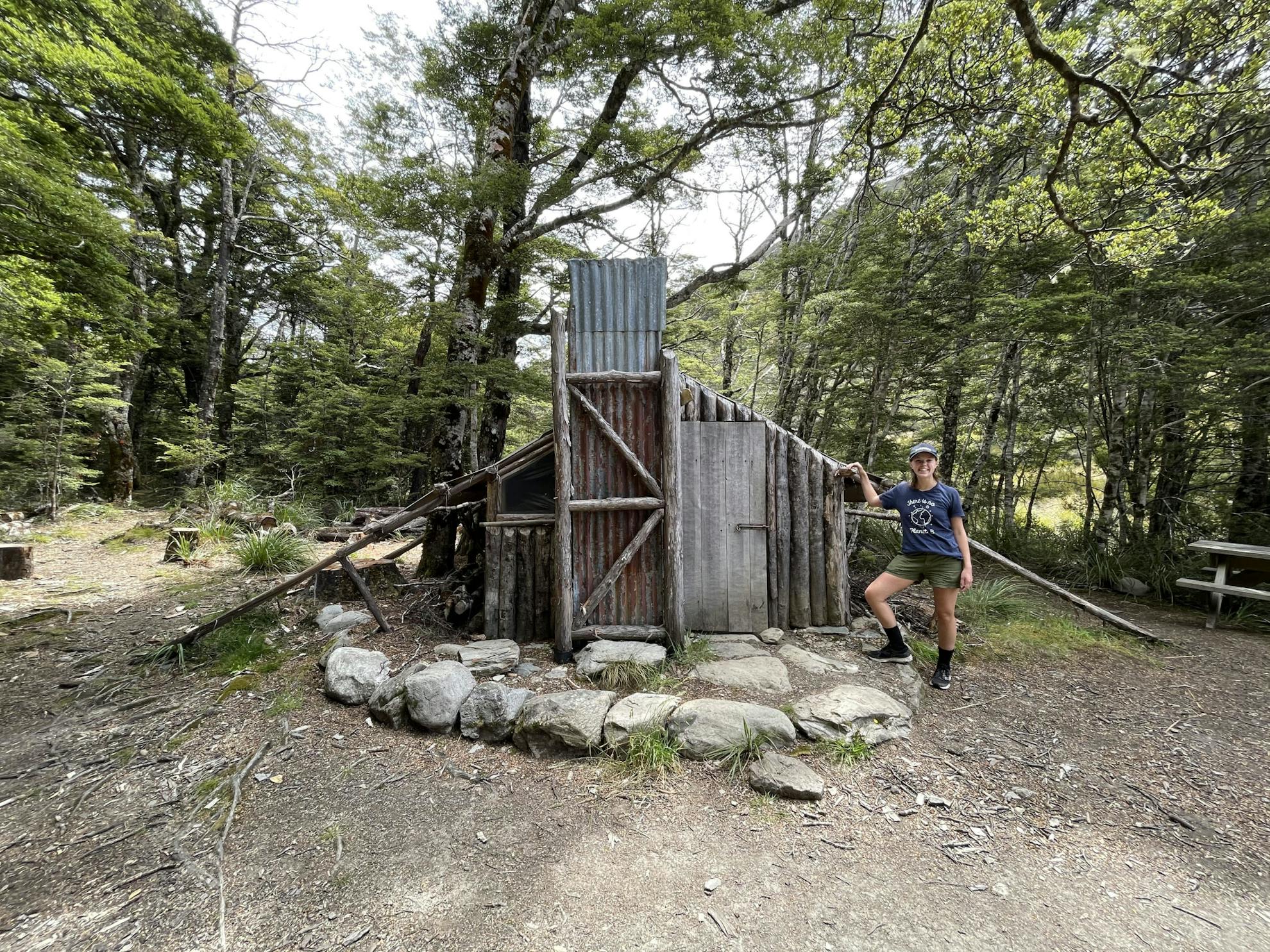
She says it’s not a competition. “If people overtake me, I say well done to them. It’s not about beating other people, it’s about adventure and going to places I haven’t been to. What’s lovely is you get inspired. There are a whole lot of huts I know I’ll never get to, but I’m really happy that other people will get to them.”
Many hut-baggers are drawn to the South Island West Coast for its concentration of huts, many of them small and remote. If there’s a common theme among hut-baggers it’s the love of small huts – often the classic ex-Forest Service six-bunkers – or huts off the beaten track. Tramper Glenn Johnston is a Coaster who’s notched up 691 huts, just scraping into the top 10 and leading the regional tally for West Coast huts.
Johnston says that bagging huts is not his main motivation for going bush though: “Most of my tramping occurs in areas where there are no huts or where I’ve already bagged the huts, so it’s not the main driver for me.”
He does admit to occasionally accompanying his friend ‘Hutty’ (#5 on the top hut-baggers list) on trips away from the West Coast to bag huts.
Johnston frequently returns to huts he loves and says he’s been to Mt Brown Hut in Lake Kaniere Scenic Reserve around 40 times since it was relocated from its former site in the Lower Arahura Valley to a spectacular hilltop outpost. He also holds a special fondness for Old Julia Hut, up the Taipo River inland from Hokitika. He first visited the hut in 1974.
“It’s a character-filled older hut in a beautiful valley with an open fire and adzed beams as a frame,” he says. “There’s a hot spring nearby and it’s not far from various Main Divide passes.”
Everyone’s journey is different. Katie Latham’s awakening to hut-bagging is a love story. The 25-year-old moved to New Zealand from England 18 months ago and met her partner John Myburg on a small plane, flying to the start of the Heaphy Track. He was the pilot. Latham says she bagged all the huts on the Heaphy, but huts weren’t the only thing she bagged. “John and I had our second date in the Gridiron Rock Shelter in Kahu-rangi National Park,” she says. “We had a mutual love of tramping, that’s where it all started.”
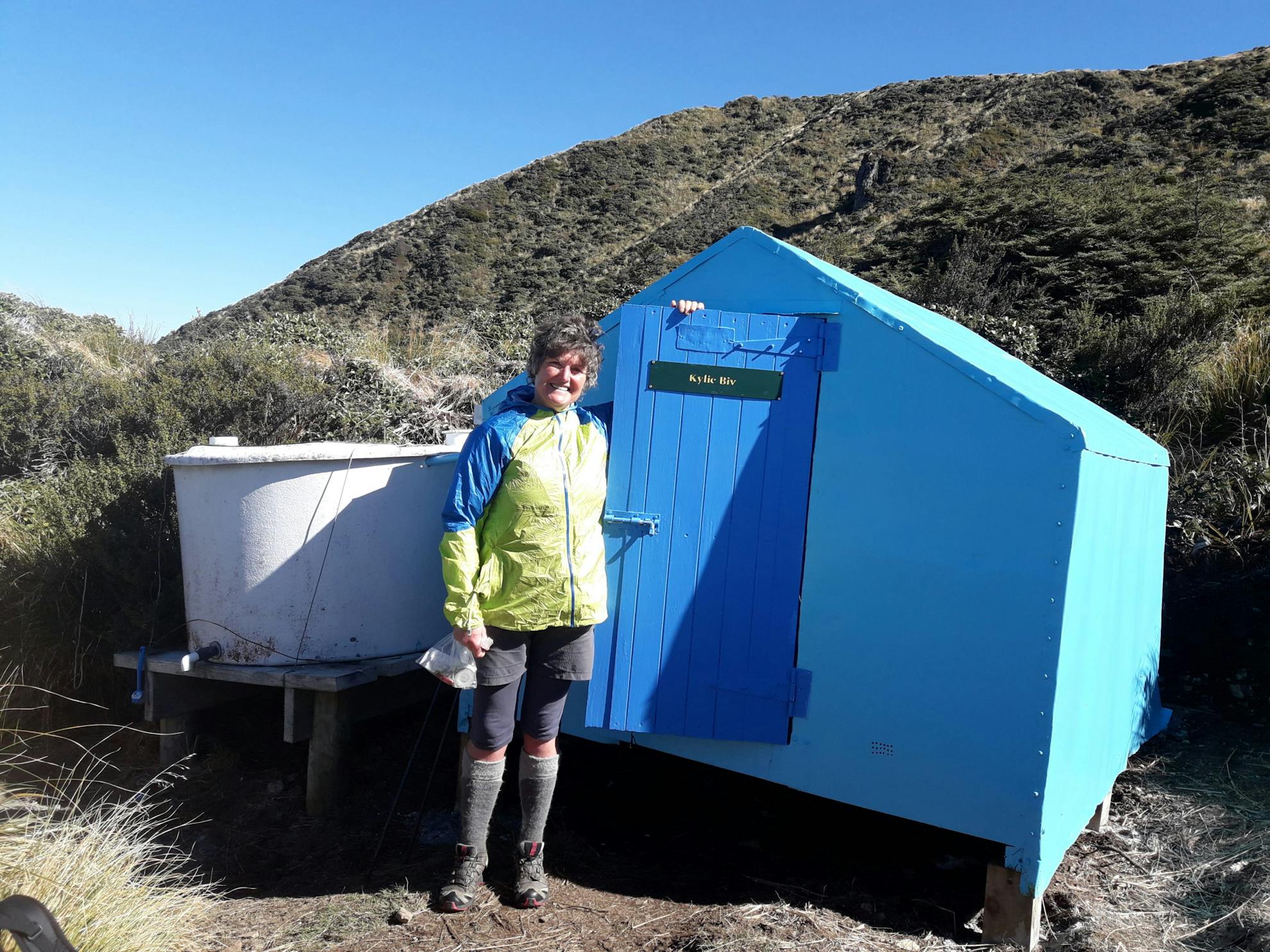
And where’s it all going? So far Latham has bagged 25 huts; a newbie, she admits, but she has lofty goals: “I’d like to bag all of them,” she laughs. “But I think that’s a futile aim. I’d like to at least visit all the huts in Kahurangi National Park because that’s our backyard.”
As for her favourite hut, that’s an easy question. “Gridiron Rock Shelter,” she answers. “For sentimental reasons.”
With the website growing every year, the challenge for Connor is balancing the demands of running it with making time to bag his own huts (he’s currently on 277, with this writer on a paltry 109). He says the gratitude he receives from the tramping community is worth it.
“People have really embraced the website. Some send me a bottle of wine at Christmas to say thanks; I get emails from others saying it’s reinvigorated tramping for them. I’m so keen on keeping huts a big part of New Zealand culture. I want to see our public land being used and loved.”
While competition keeps people interested, Connor recognises that at its heart is a love for the great outdoors, and the weird and wonderful huts that make exploring the backcountry such a uniquely New Zealand experience. And while hutbagger.co.nz might help you remember your huts, there are some that you’ll simply never forget.
“Sandy Bay Hut in Te Urewera is my favourite,” says Connor. “It’s on the shore of Lake Waikareiti and has a gorgeous beach. You can fish for trout and all around are skeleton trees covered in moss. There’s an island on the lake and on that island is another lake. It’s just magical. So many huts are.”
As for the elusive davetv, we can only assume the ladder-leader is holed up happily somewhere in the backcountry, putting another hut in the bag.





